Quick Summary
- 1: Contrary to rhetoric that we've "destroyed the planet," the world has never been a better place for human beings to live. Life expectancy and income have been skyrocketing, with extreme poverty (<$2/day) plummeting from 42% in 1980 to <10% today.1\
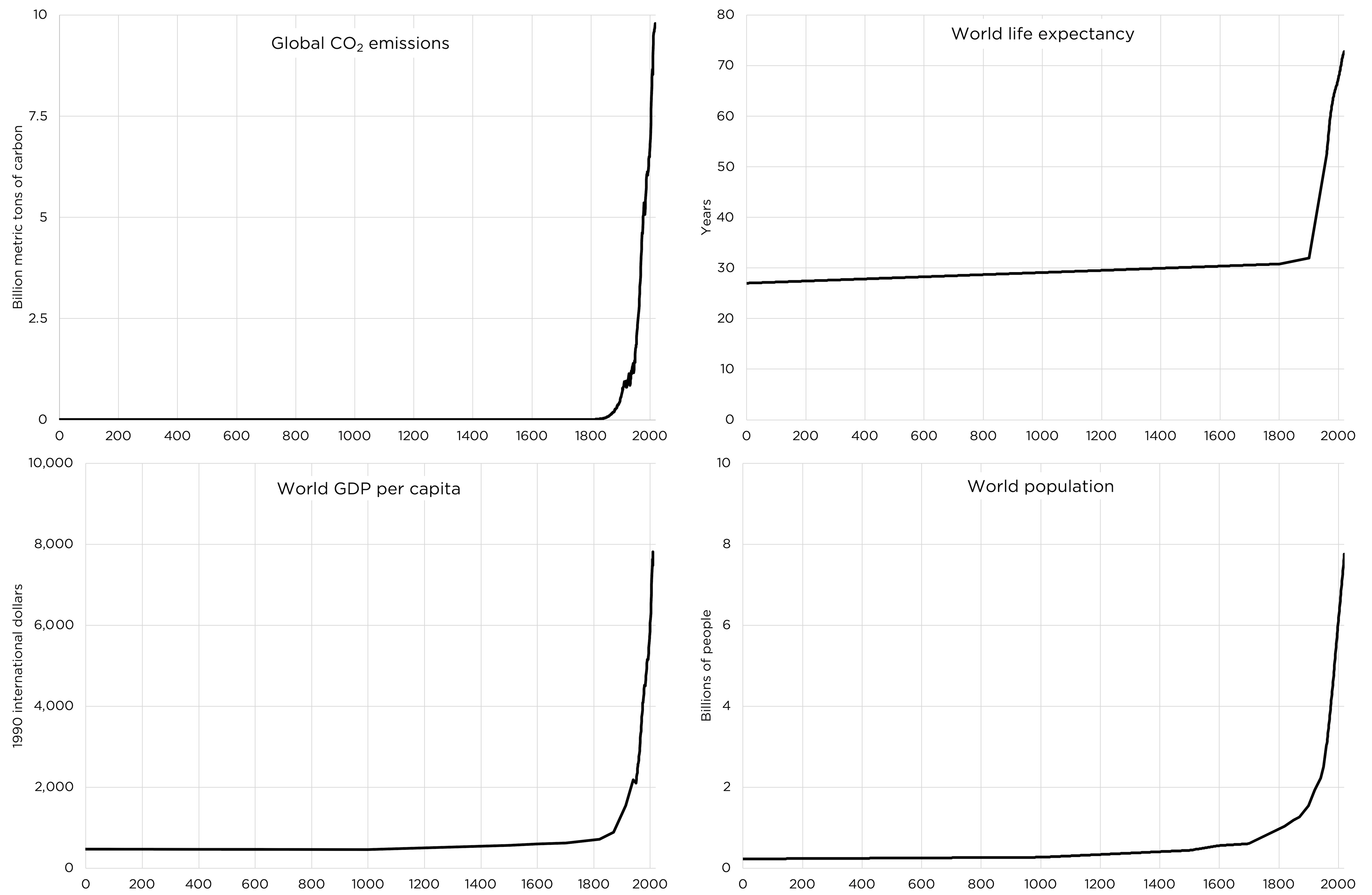
- 2: A root cause of today's amazingly livable world is fossil fuel. Low-cost, reliable energy enables us to use machines to be productive and prosperous. And only fossil fuels (80% of energy) provide low-cost, reliable energy for all energy needs on a scale of billions of people.2
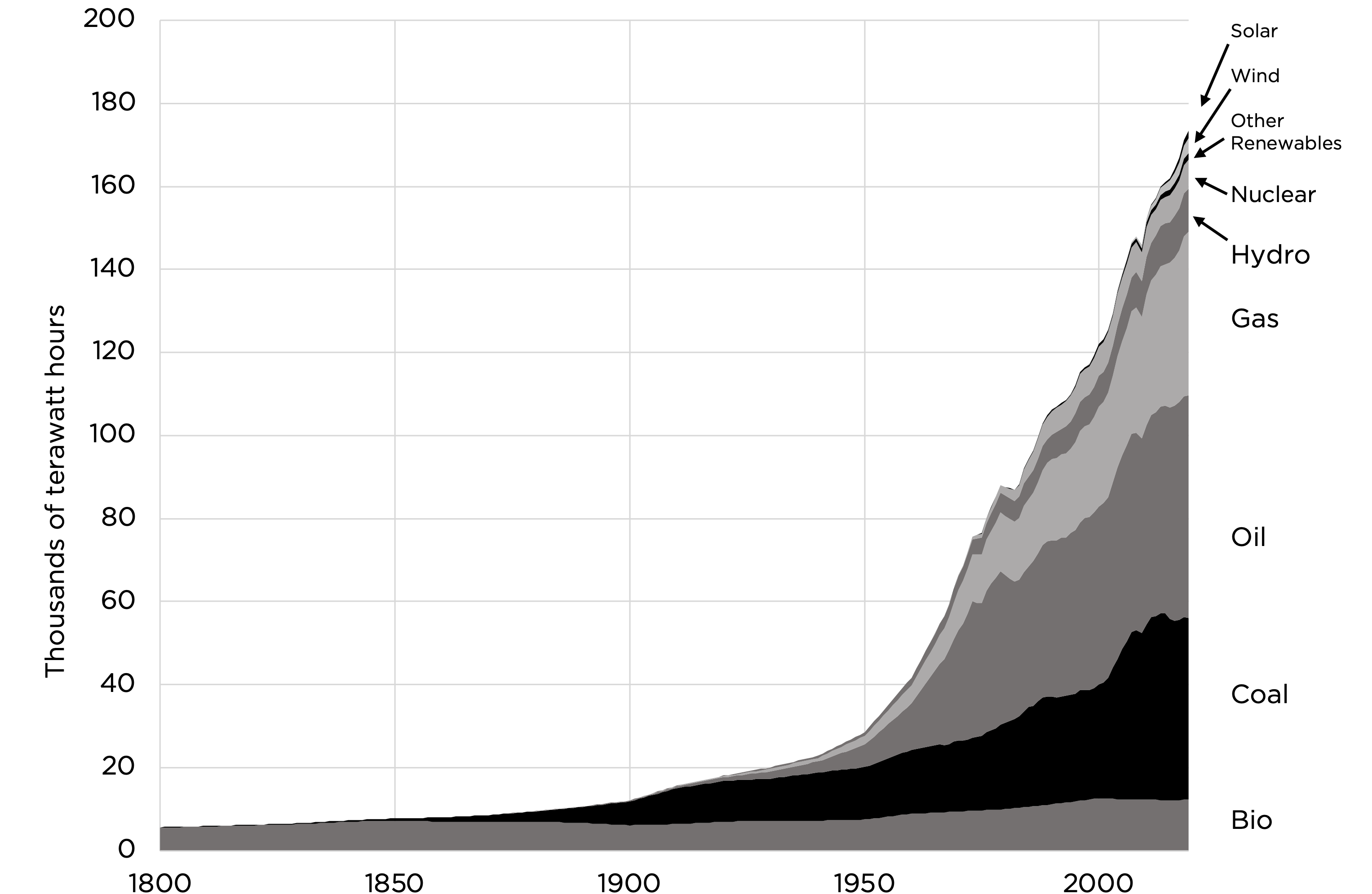
- 3: Fossil fuels have actually made us far safer from climate by providing low-cost energy for the amazing machines that protect us against storms, protect us against extreme temperatures, and alleviate drought. Climate disaster deaths have decreased 98% over the last century.3
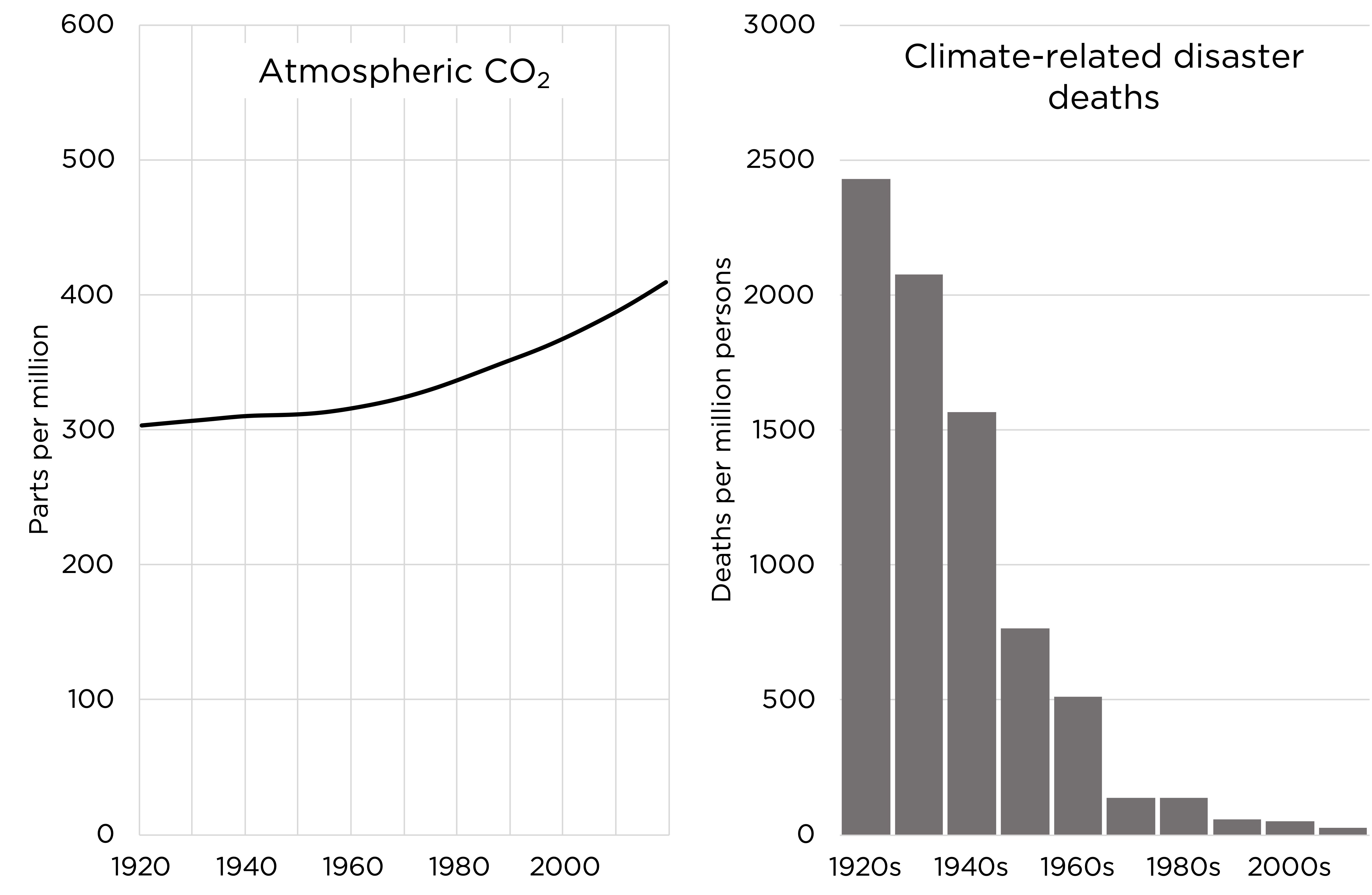
- 4: Fossil fuels' CO2 emissions have contributed to the warming of the last 170 years, but that warming has been mild and manageable—1° C, mostly in the colder parts of the world. And life on Earth thrived (and was far greener) when CO2 levels were at least 5X higher than today's.4
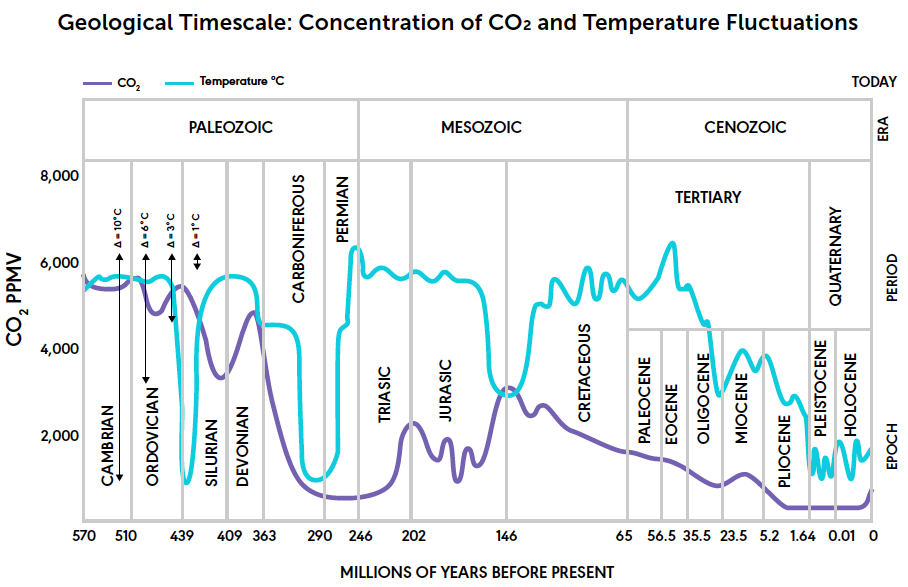
- 5: Solar and wind can't come close to replacing fossil fuels. They only provide electricity (20% of energy use)--and they don't even do that well. Because solar and wind are unreliable, they don't replace reliable power plants--they add to the cost of reliable power plants.5
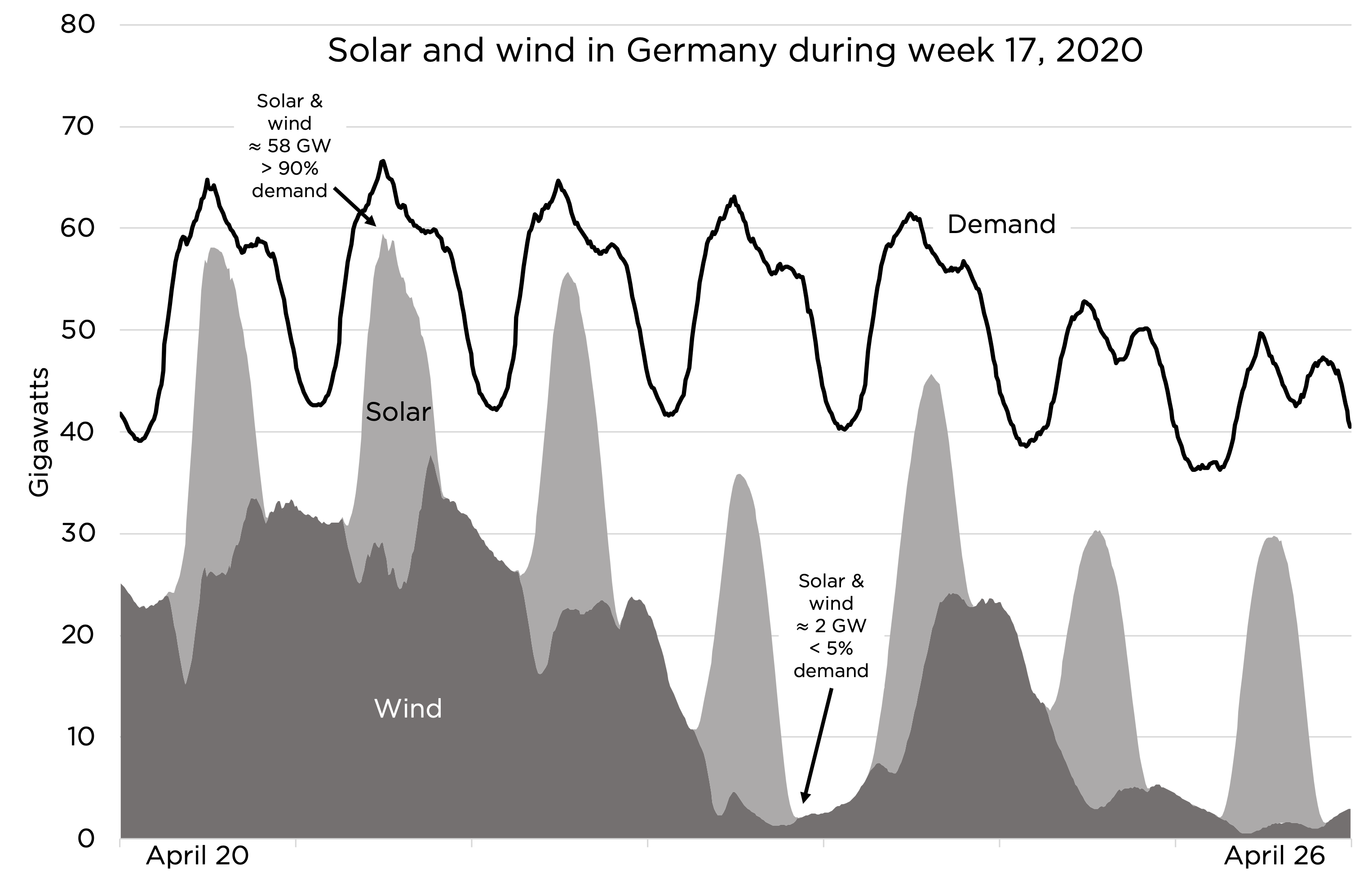
- 6: Billions of people desperately need low-cost, reliable energy, which for the foreseeable future largely needs to come from fossil fuels. 3 billion people use less electricity than a typical American refrigerator. 1/3 of the world uses wood and dung for heating and cooking.6
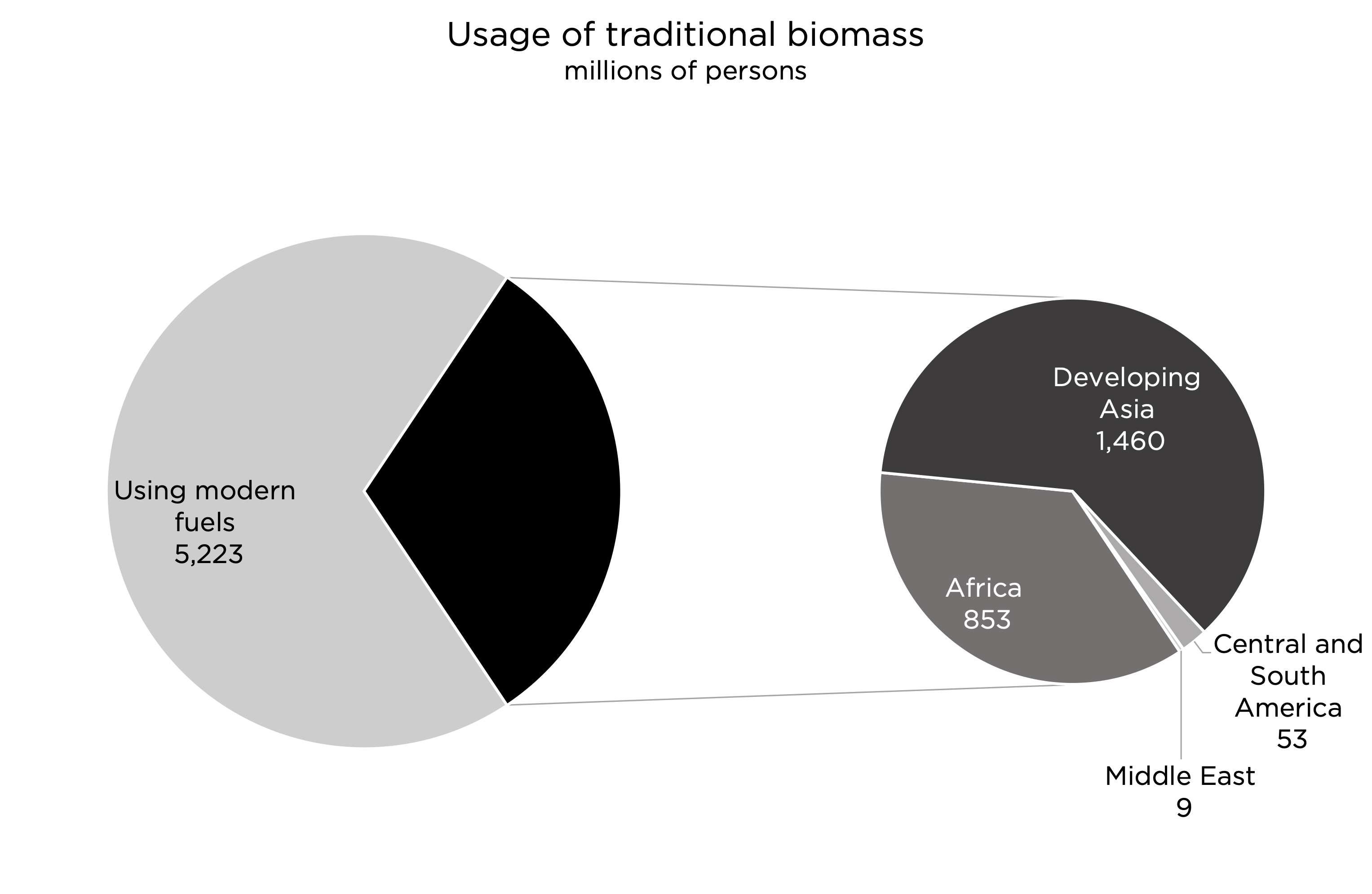
-
Conclusion, part 1: The world needs to continue and expand its massive use of fossil fuels, while making sure we have the freedom necessary for genuinely cost-effective non-carbon alternatives to emerge. For example, we need to decriminalize reliable, non-carbon nuclear energy.
-
Conclusion, part 2: The legislation the US is on the verge of passing, called Build Back Better, should be renamed Destroy American Energy--because, by seeking to rapidly eliminate fossil fuel use, it will make American energy unaffordable and unreliable.\
https://twitter.com/AlexEpstein/status/1451308413137272862
- Happy Thanksgiving. Whoever else you thank, thank the people of the fossil fuel industry, who alone provide every form of energy we need--including the energy that enables us to fly to see loved ones. Yet they are perpetually demonized by the ignorant and hypocritical.
References
-
Maddison Database 2010 at the Groningen Growth and Development Centre, Faculty of Economics and Business at University of Groningen
World Bank Data
Scripps Institution of Oceanography - The Keeling Curve↩ -
For every million people on earth, annual deaths from climate-related causes (extreme temperature, drought, flood, storms, wildfires) declined 98%--from an average of 247 per year during the 1920s to 2.5 in per year during the 2010s.
Data on disaster deaths come from EM-DAT, CRED / UCLouvain, Brussels, Belgium – www.emdat.be (D. Guha-Sapir).
Population estimates for the 1920s from the Maddison Database 2010 come from the Groningen Growth and Development Centre, Faculty of Economics and Business at University of Groningen. For years not shown population is assumed to have grown at a steady rate.
Population estimates for the 2010s come from World Bank Data.↩
-
The decadally smoothed data from the UK Met Office HadCRUT4 dataset shows an increase of 0.974°C between 1850 and 2019.
UK Met Office HadCRUT4 dataset“The best estimate of CO2 concentration in the global atmosphere 540 million years ago is 7,000 ppm, with a wide margin of error.”
Patrick Moore - THE POSITIVE IMPACT OF HUMAN CO2 EMISSIONS ON THE SURVIVAL OF LIFE ON EARTH↩ -
Plot data from Bundesnetzagentur - SMARD
Public generation of electricity was over 488 terawatt-hours in Germany for 2020, solar and wind combined generated over 37%. In 2002 they generated just over 3%.
Fraunhofer ISE energy-charts.deGerman household electricity prices have more than doubled to over 0.3€ per kWh ($0.35 per kWh depending on currency exchange rate) since 2000 when the modern renewable energy law started to massively incentivize solar and wind capacity on the German grid.
BDEW Strompreisanalyse Jul 2021 p. 7The average US household price in 2020 was $0.1315 per kWh.
U.S. Energy Information Administration Electric Power Annual table 5aIncreasingly, Germany depends on interconnections with neighboring countries. In 2020 the country experienced a sharp increase in electricity imports, while still massively exporting solar and wind overproduction.
Reuters - German power export surplus shrank 46.2% in 2020↩ -
IEA - Access to affordable, reliable, sustainable and modern energy for all↩
